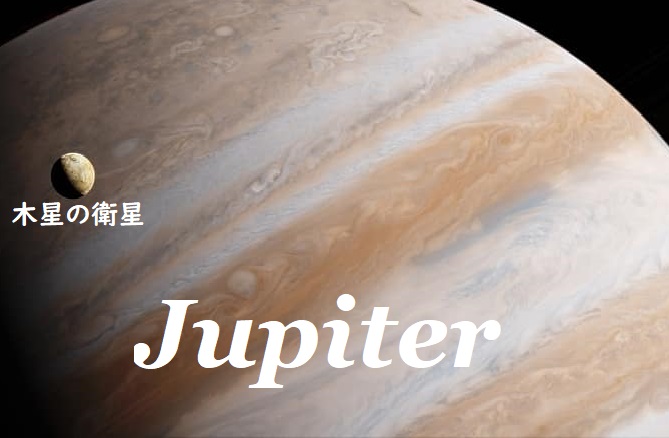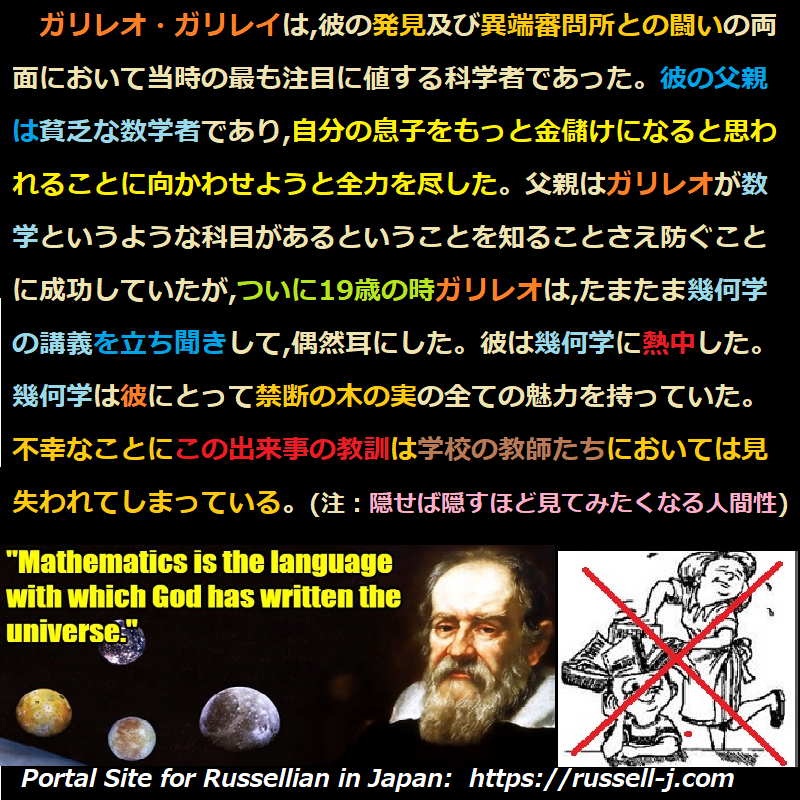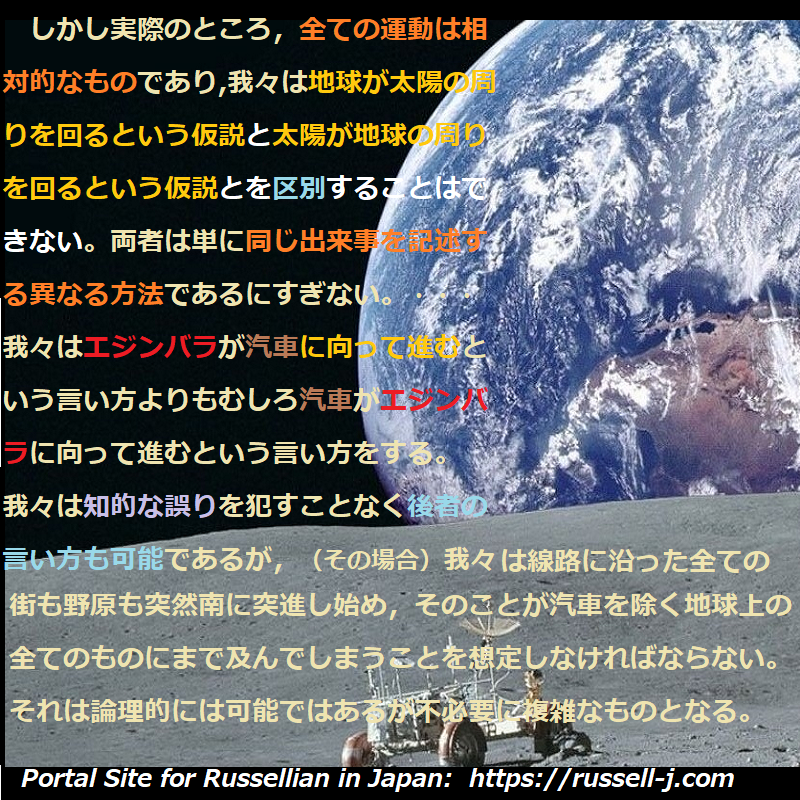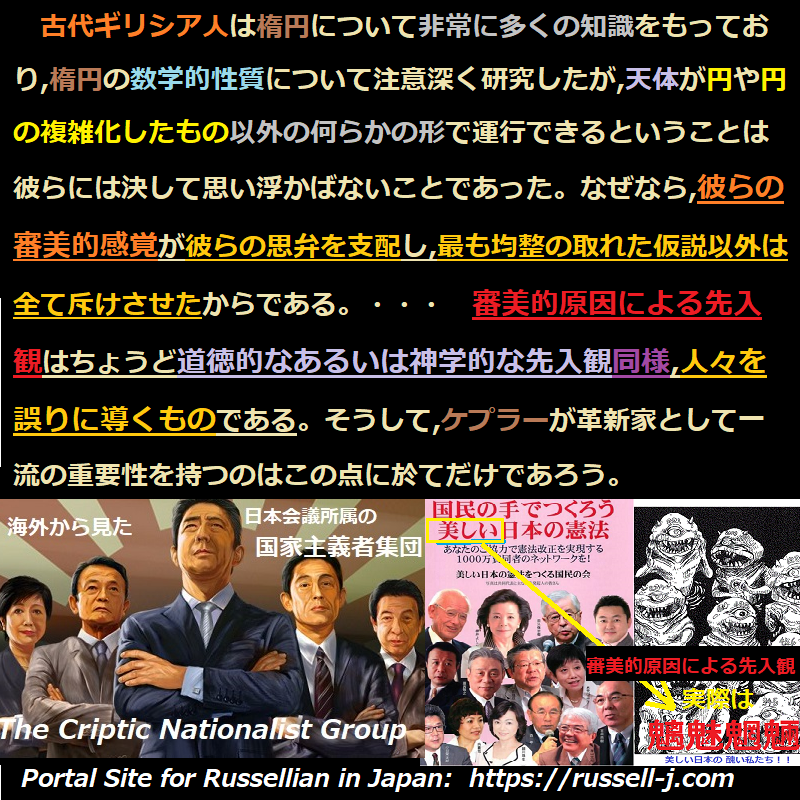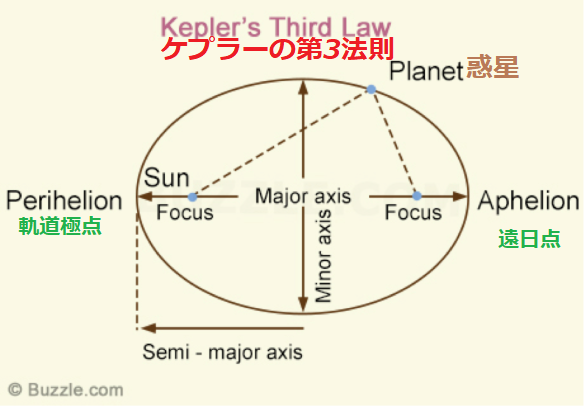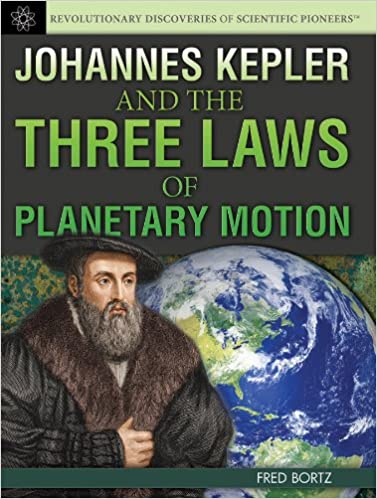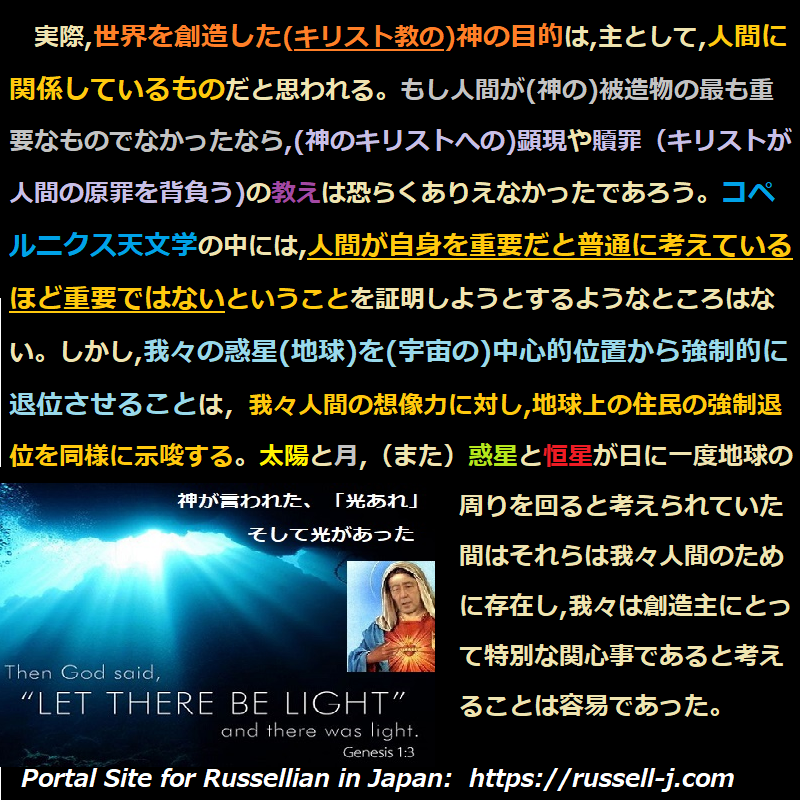
木星の衛星(の発見)の他にも,望遠鏡は神学者にとって恐るべきこと(ぞっとさせる事実)を明らかにした。それ(望遠鏡)は,金星が月と同じように位相(phases 満ち欠け)を持つことを示した。コペルニクスは,自分の理論はそのことを要求することを認めていた(注:自分の理論から言えば~であるはずだ)。そうして,ガリレオの作った器具(道具)は,彼に反対する議論を,彼を有利にする議論へと変容させた。月に山があることが発見され,それは何らかの理由でショッキングなことと考えられた。さらに,恐ろしいことには,太陽には黒点があったのである! これは,創造主の仕事(世界創造)には(いくつか)欠点(blemishes)があったことを示しているように思われた。従って,カトリック系の諸大学の教師たちは,太陽の黒点に言及することを禁じられ,そうして,それらの中のいくつかの大学においてはこの禁令は幾世紀も続いた(endure 耐え忍ぶ)。某ドミニコ会修道士(注:1215年に聖ドミニコによって設立されたローマ・カトリックの修道会の修道士)は,「汝らガリラヤの徒よ,汝らはなぜ天を見つめて立つや」というしゃれた文句の説教をしたことによって昇進したが,その説教の中で,幾何学は悪魔のものであり,また,数学者はあらゆる異端の創始者として追放されるべきであると主張した。(注:Galiee ガリラヤはキリストが福音を説いた地であり,パレスチナ北部地方のこと。荒地出版社刊の訳書で,津田氏は Galiee を「ガリレオの追従者」と勘違いして「汝等ガリレオの徒よ」と訳している。) 神学者たちは,すぐに(ガリレオの)新説が顕現(注:incarnation :化身。神はイエス・キリストとなってこの世に現れたとする教義)を信じがたくするだろうと指摘した。さらに,神は無駄なことは一切しないので(しないはずなので),他の惑星にも人間が住んでいると想像しなければならない。しかし,それらの惑星の住民は,ノアの方舟の(方舟によって救われた者の)子孫でありうるのか,あるいは,(地球上の我々信徒と同様に)救世主(イエス・キリスト)によって救われた者であろうか? 枢機卿(たち)や大司教(たち)によると,それらはガリレオの不敬虚な詮索によって起されがちである恐ろしい(多くの)疑問のなかのごく若干のものに過ぎない。
Chapter 2: The Copernican Revolution, n.12 Besides Jupiter’s moons, the telescope revealed other things horrifying to theologians. It showed that Venus has phases like the moon ; Copernicus had recognized that his theory demanded this, and Galileo’s instrument transformed an argument against him into an argument in his favour. The moon was found to have mountains, which for some reason was thought shocking. More dreadful still, the sun had spots! This was considered as tending to show that the Creater’s work had blemishes ; teachers in Catholic universities were therefore forbidden to mention sun-spots, and in some of them this prohibition endured for centuries. A Dominican was promoted for a sermon on the punning text:“ Ye men of Galilee, why stand ye gazing up into the heaven ?” in the course of which he maintained that geometry is of the devil, and that mathematicians should be banished as the authors of all heresies. Theologians were not slow to point out that the new doctrine would make the Incarnation difficult to believe. Moreover, since God does nothing in vain, we must suppose the other planets inhabited ; but can their inhabitants be descended from Noah or have been redeemed by the Saviour? Such were only a few of the dreadful doubts which, according to Cardinals and Archbishops, were liable to be raised by the impious inquisitiveness of Galileo.
出典:Religion and Science, 1935, chapt. 2.
情報源:https://russell-j.com/beginner/RS1935_02-120.HTM

